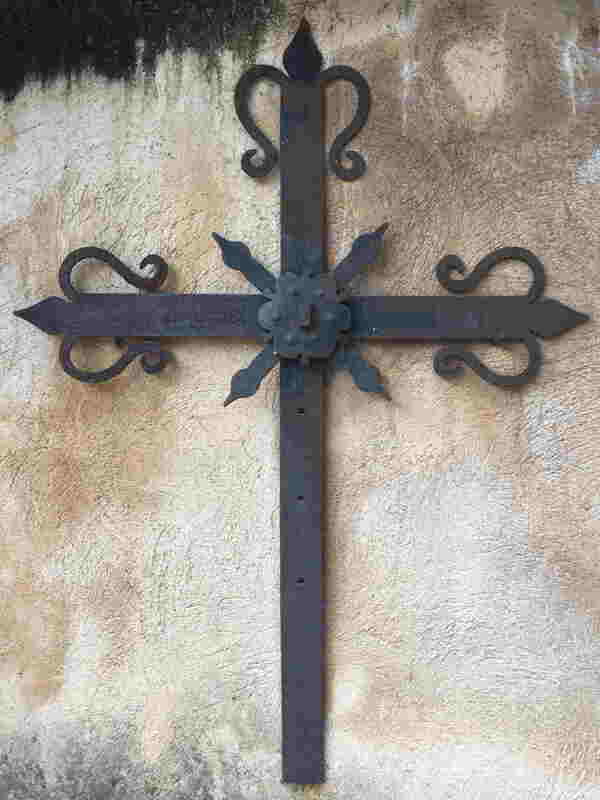|
‘Azāz’īl (Azaz’el) is the name of one of the angels who is likely referred to when in the New Testament, Jude wrote of “the angels who did not stay within their own position of authority, but left their proper dwelling, he has kept in eternal chains under gloomy darkness until the judgment of the great day…” (Jude 6; ESV). Jude uses this (known to his readers) text as an illustration. ‘Azāz’īl is written of in the Pseudepigrapha of Second Temple Judaism’s oldest book called The Watchers, found in 1 Enoch 10:4–6. There angel Rafael is instructed by the Lord to bind and cast ‘Azāz’īl into darkness to await the fire of eternal judgment. With no mention of Adam’s fall, 1 Enoch teaches that evil was introduced into the world by the Watchers, these fallen angels (1 Enoch 6-19).[1] This and other teaching incompatible with canonical Scripture is why 1 Enoch, from first or second century B.C., never became accepted by the churches as part of Scripture.
There are other references to literature outside of Scripture in Jude, verse 9, possibly from a lost section of Testament of Moses; and Jude 14-15 from 1 Enoch 1:9. At first there had been some debate as to whether Jude should be included in the canon of Scripture. However, we see Paul at the Areopagus in Athens quoting from pagan Greek poets (Acts 17:23, 28) to demonstrate some commonalities we share with our audience to make his point. Again in Titus 1:12-13 he quotes a pagan source to confirm a truth. Jude, by using these texts (just the specific references, not the book) in his epistle, is pointing to the truth taught in them as illustrations confirming the warnings and judgment of God brought to us as authoritative Scripture. [1] Daniel M. Guertner, “The New Testament Use of Jewish Pseudepigrapha,” Text & Canon Institute, Phoenix Seminary (11/11/2021); https://textandcanon.org/the-new-testament-writers-use-of-jewish-pseudepigrapha/ (accessed 6/5/2022).
1 Comment
OJM
9/15/2022 08:59:42 am
Helpful thank you!
Reply
Leave a Reply. |
Archives
March 2023
Categories |





 RSS Feed
RSS Feed
